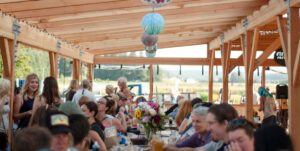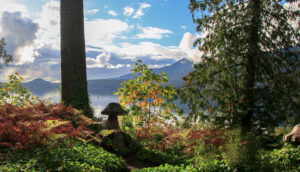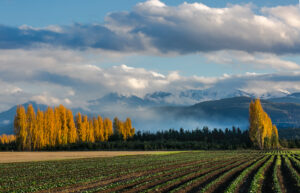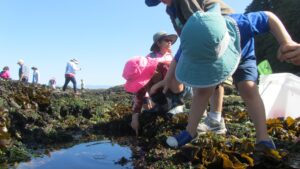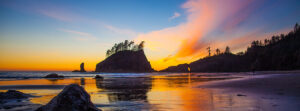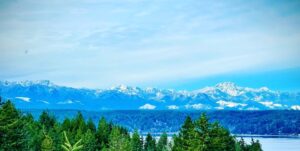Winter is a very busy time for birds and birders in the Sequim-Dungeness Valley on the Olympic Peninsula. Many species gather here during their non-breeding time of year, from thousands of ducks in Dungeness Bay to scads of sparrows visiting backyard feeders. The Sequim-Dungeness Christmas Bird Count (which is typically held in December) almost always leads Washington State in the number of observed species, a testament to this area’s winter bird diversity. Read below for an inside scoop to winter birding on the Olympic Peninsula.
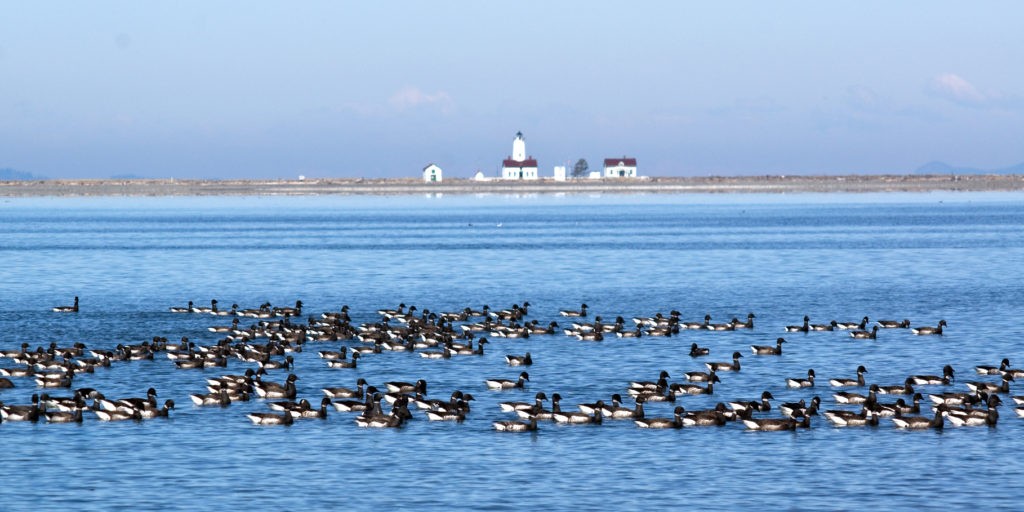
A flock of brants | Photo by Dow Lambert
How to enjoy winter birding on the Olympic Peninsula
It is a great time of year to get involved with birding. You can either make special trips to birdy places, or just set up a feeder in your yard and have the birds come to you. It’s always nice to have binoculars and a field guide handy to help identify the birds you see. The north Olympic Peninsula is loaded with exceptional sites to see birds, listed in the Olympic Peninsula Audubon Society’s website and the Admiralty Audubon Society’s website.
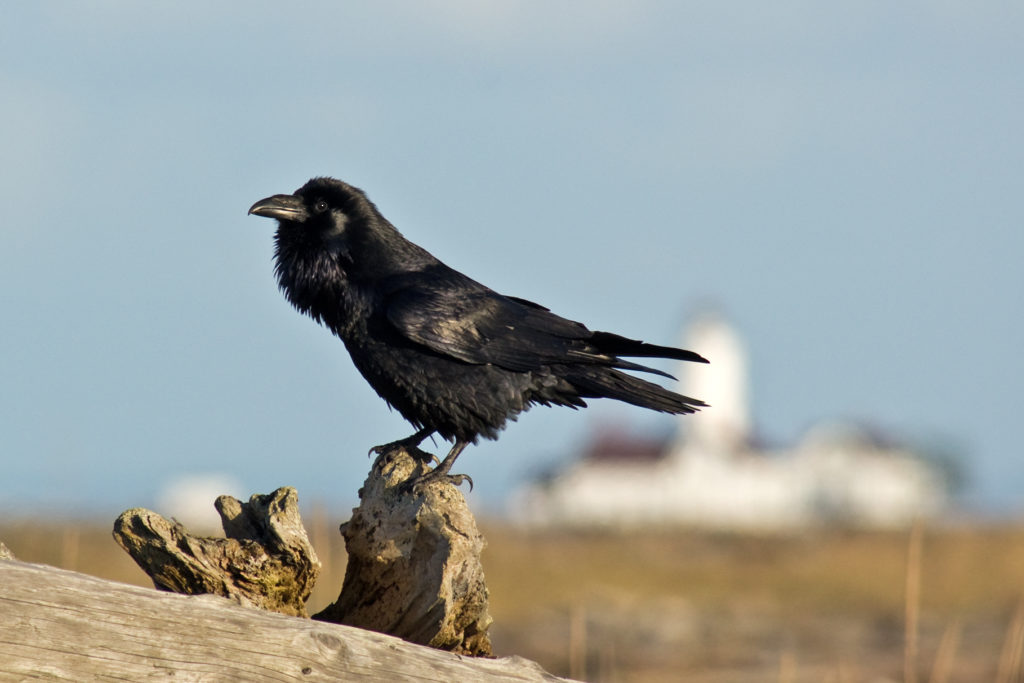
A common raven scans the beach | Photo by Dow Lambert
Why birding can be so exciting
Birds help connect us to the natural world, as the seasons change and birds come and go from our area. You remember the excitement of Easter egg hunts when you were a child? Birding is like that. You get to know and love the common species you see every day, but every so often a flashy new bird ends up off course that’s normally found far away. Seeing a bird here that’s normally found in Asia or eastern North America makes us marvel at how these small creatures can survive these miraculous journeys.

A willet and two marbled godwits fly over the surf | Photo by Dow Lambert
Join the fun safely from home or anywhere
There are several winter birding activities you can do from your own home or nearby. First is Project Feederwatch, organized by the Cornell Lab of Ornithology. Through this project, you contribute information about the birds visiting your feeders during the winter, providing important data about how feeder bird populations are doing across North America. Another is the Great Backyard Bird Count (GBBC), also organized by the Cornell Lab. The GBBC occurs over Presidents’ Day weekend in February. Despite the name, you can tally birds anywhere in our area during the GBBC, not just your backyard, which gives ornithologists a continent-wide view about how birds are doing in late winter. GBBC data are entered using a wonderful program called eBird, an online birding tool used by birders to keep track of bird sightings. Sign up today!
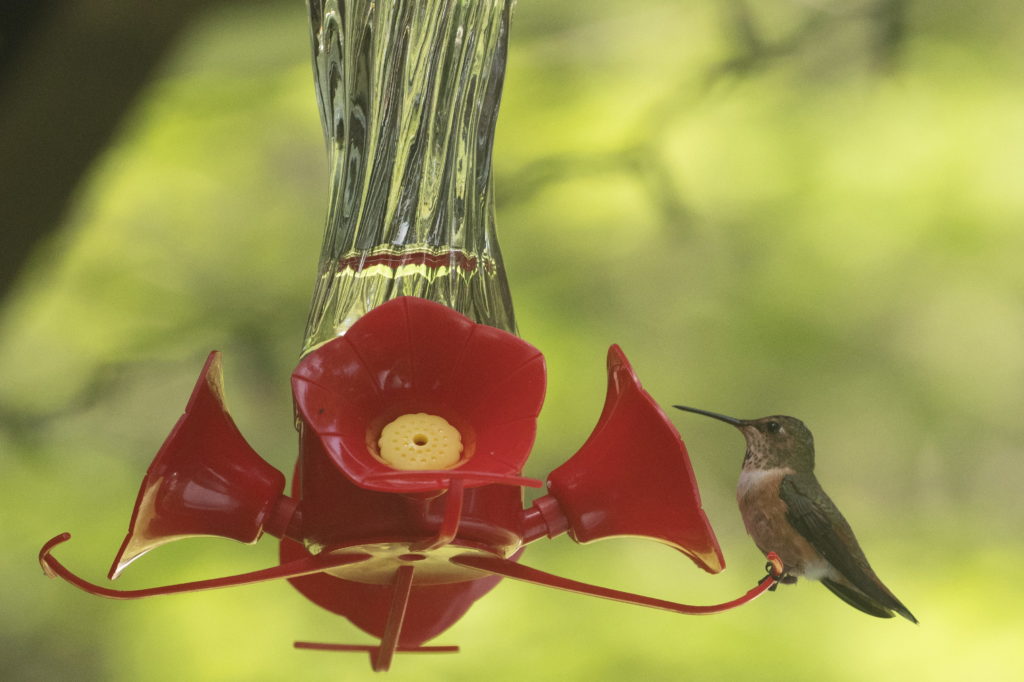
Rufous hummingbird
The wonders of nature beckon
Just the other day, someone said to me “The north Olympic Peninsula is so nice because it has all these wild places.” Perhaps the best thing about birds and birding is it gets us off the couch and outside, where we can enjoy the wild places and wonders of nature.
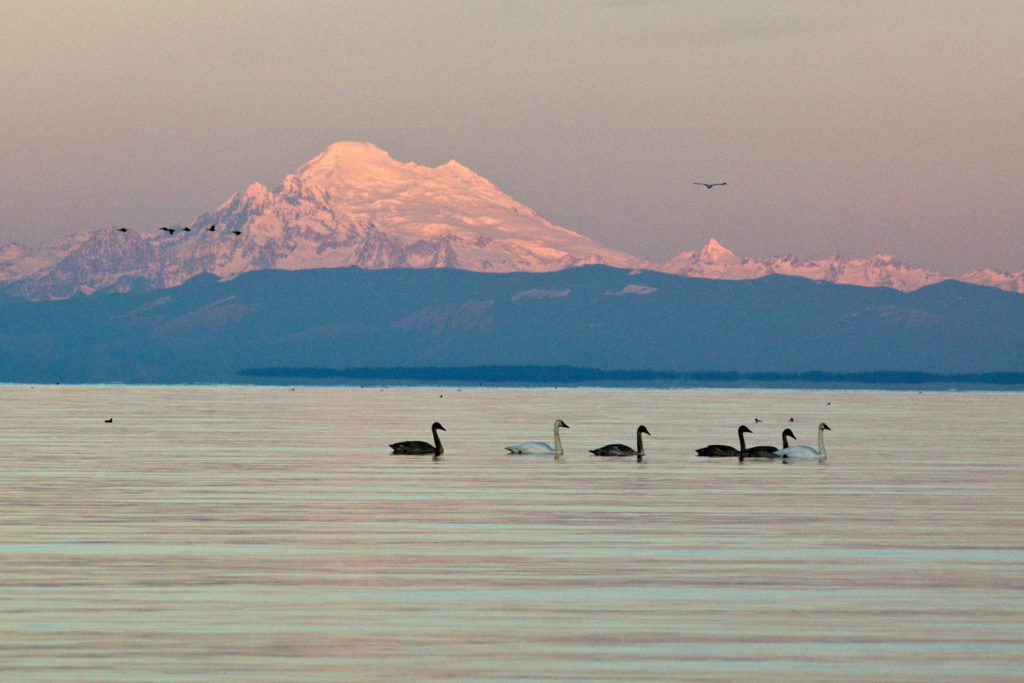
Swans and Mount Baker | Photo by Dow Lambert
This blog was written by guest-blogger Bob Boekelheide, former director of the Dungeness River Nature Center and Bird Count Chair for Olympic Peninsula Audubon Society

